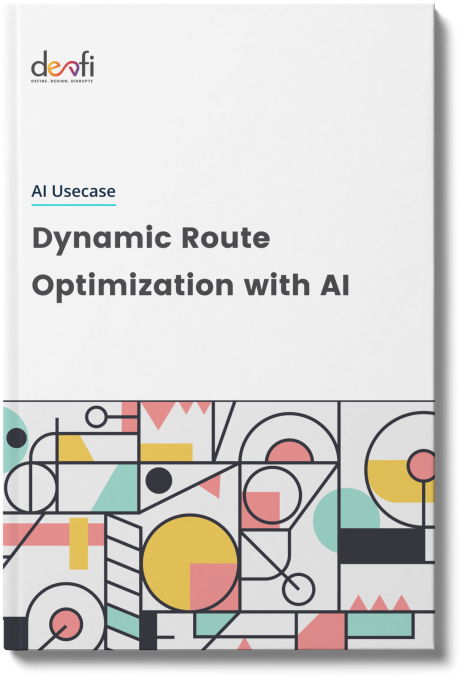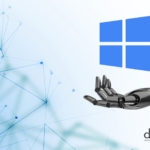Route planning is a vital component of transportation management. Finding the shortest path solution or using metrics such as safety and energy consumption to determine the planning are often given priority. However, user preferences during the routing process should not be overlooked.
Challenges
Traditional static methods used by logistic companies will take more time from dispatchers and drivers, resulting in slower delivery times and disappointed customers. The fact that the routes are pre-decided by the owners and cannot be changed once the driver is released from the warehouse often leads to longer delivery times and dissatisfied customers.
- Dynamic optimizations – One of the biggest challenges that Machine learning models face in detecting and preventing fraud is the changing fraud patterns that fraudsters adopt to get into the systems. It is important that the deep learning models are updated regularly with the new fraud patterns detected. This might, at times, result in a decrease in model performance and efficiency.
- Fleet management –Having to manage a fleet of drivers can pose some challenges; including taking care of everyday assignments and controlling operational costs.
- Real-time tracking –Lack of real-time tracking can lead to a lot of inconveniences and can cause major issues for businesses that rely on timely deliveries. If there is no automated routing software, the driver’s location will remain unknown. Additionally, customers will not receive real-time updates about their parcels.
Solutions
Technologies like big data and AI can create efficient logistics enterprises operating in a smart ecosystem. The use of big data and AI can help logistics companies to track the physical flow of goods and materials across a supply chain in real-time. This would allow them to optimize their routes, improve customer service, and reduce costs. This is where, AI and its subsidiaries technologies like machine learning, deep learning, reinforcement learning, computer vision, etc come into the picture as they depend on large volumes of data to extract insights and learn through self-analysis.
- Data-driven recommendations – Effective, accurate, and data-driven recommendations can be provided with machine learning and deep learning technologies by using data from the past, setting priorities, considering rider skills, and being aware of any on-ground constraints, such as traffic.
- Delivery optimization – Delivery optimization requires proper planning. Visualizing a route and understanding each client stop is crucial. Route plan optimization gives you an overview of each client stop and driver. This information helps you plan for the delivery or pick-up of packages more efficiently. The software makes it easy to understand each route and make decisions quickly when needed.
- Optimization algorithms – A machine learning and deep learning-based route planning algorithm helps find the quickest route after taking into account various conditions such as drivers’ speed, road conditions, traffic flow, and load capacity. This type of algorithm provides a real-time route optimization that is dependable, time-saving, and cost-effective.
- Real-time tracking and app integrations –The creation of an optimized route necessitates the ability of drivers to access this route. The inclusion of an API for drivers in route optimization software will provide drivers with an optimized delivery route, necessary stops, and proof of delivery. The live tracking feature and predictive alerts allow for the monitoring of drivers and the comparison of their actual route to the planned route. This permits real-time re-routing of drivers, as well as benefiting from dynamic ETA calculations. Customers may also track their delivery status with live updates.
By deploying dynamic route optimization solutions powered by AI, businesses that utilize delivery services will be able to ease the process and manage their fleets and drivers more effectively. The routing solution will help to find the shortest routes available, and features such as route scheduling, live monitoring, a driver’s app, and adjusting pickups-deliveries will assist in increasing product sales. Not only will this make customers happy with your service, but it will also lead to more sales. Need assistance in implementing AI in your logistics solution? Contact us.






